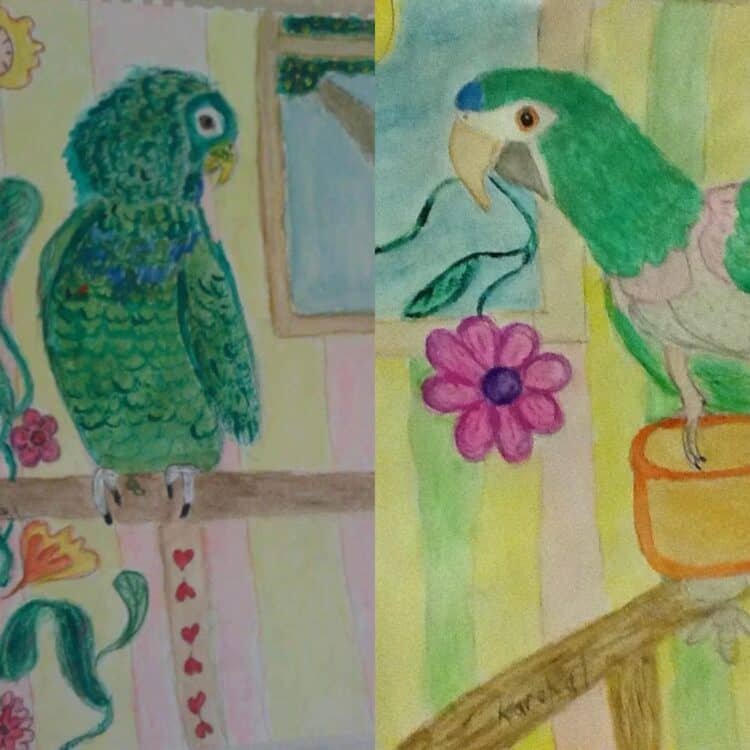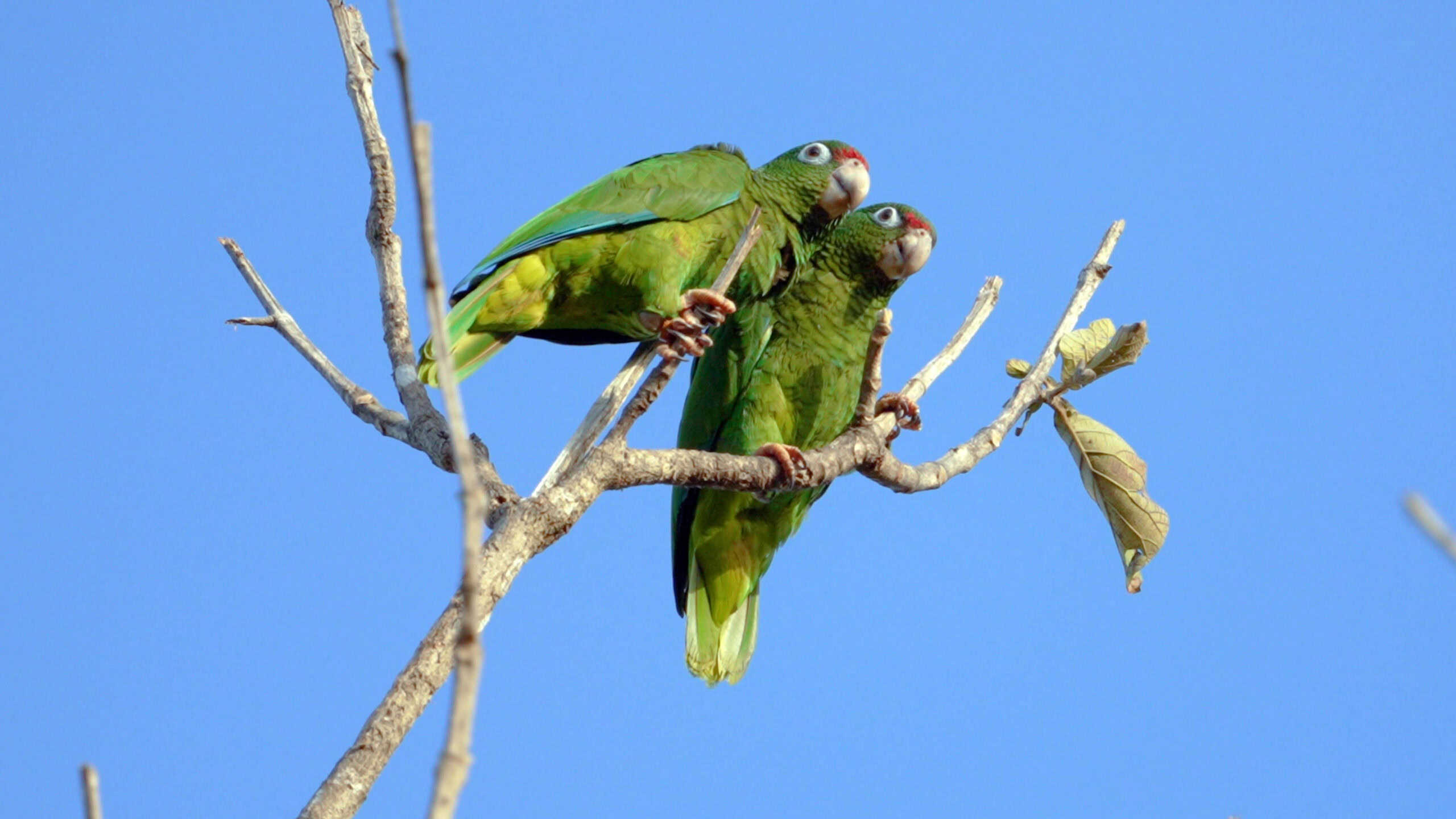“Our research had prompted a rethink of our native fauna,” said Canterbury Museum’s Dr. Paul Scofield.
“Many of the species that we thought of as iconic New Zealand natives — a classic example would be the takahē — we now know are relatively recent blow-ins from Australia, arriving only a few million years ago.”
In their research, Dr. Scofield and colleagues focused on the so-called St Bathans Fauna, a collection of more than 9,000 specimens from 33 paleontological sites or discrete sedimentary beds near the village of St Bathans, Central Otago, New Zealand’s South Island.
These sites, which were once at the bottom of a large prehistoric lake, offer the only significant insight into New Zealand’s non-marine wildlife from 20 million years ago (Early Miocene epoch).
Exotic creatures of the St Bathans Fauna include Heracles inexpectatus, a giant parrot that scientists nicknamed Squawkzilla; two mystery mammals; flamingos; a 3-m crocodile; a giant horned turtle; and a giant bat.
“Twenty-three years of digging at St Bathans has changed our idea about the age of the New Zealand fauna and the importance of some animals over others,” Dr. Scofield said.
“For example, until now we thought that birds like kiwi and moa were among the oldest representatives of New Zealand fauna.”
“We are now realizing that the kākāpō, tiny New Zealand wrens and bats, and even a bizarre freshwater limpet, are the real ancient New Zealand natives.”
The authors concludes that this menagerie of exotic animals was wiped out by dramatic temperature drops over the last about 5 million years.
“The research at St Bathans had transformed our understanding of how non-marine vertebrate life in New Zealand looked around 20 million years ago during the Early Miocene era,” said Flinders University’s Dr. Trevor Worthy.
“It’s exciting to be involved in a project that continues to make absolutely fresh discoveries about what animals lived in New Zealand’s lakes and rivers, and the forests around them, during this critical period in history.”
“Every year we find new specimens. Finds that reveal amazing new species that we couldn’t have imagined when we first started working there.”
“The animals that lived in New Zealand 20 million years ago were very different to what we have now,” said University of Canterbury’s Dr. Vanesa De Pietri.
“For example, we had another giant eagle that was not related to the Haast’s eagle (Hieraaetus moorei).”
“We had a whole bunch of songbirds that were quite different, crocodiles and even potentially a small mammal that we’ve nicknamed the waddling mouse.”
“We are still in the middle of our research into understanding exactly what that was.”
This research is described in a paper published in the journal Geobios.
Citation:
Trevor H. Worthy et al. A synopsis of the Early Miocene St Bathans Fauna from New Zealand. Geobios, published online August 6, 2024; doi: 10.1016/j.geobios.2024.03.002
This article was first published by Sci-News on 3 September 2024. Lead Image: The kākāpō (Strigops habroptilus). Image credit: Jake Osborne.
What you can do
Help to save wildlife by donating as little as $1 – It only takes a minute.




Leave a Reply